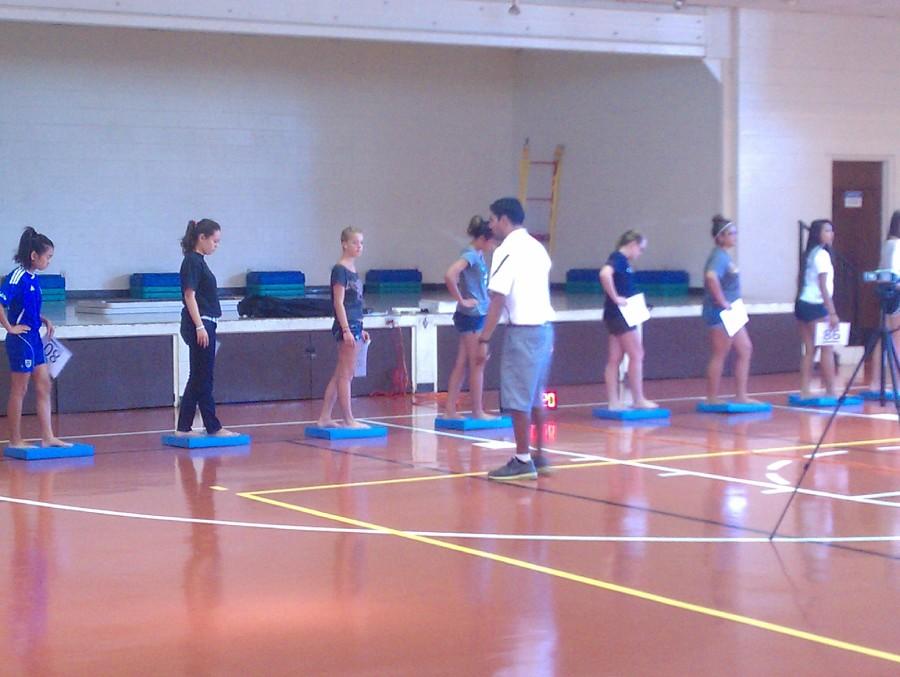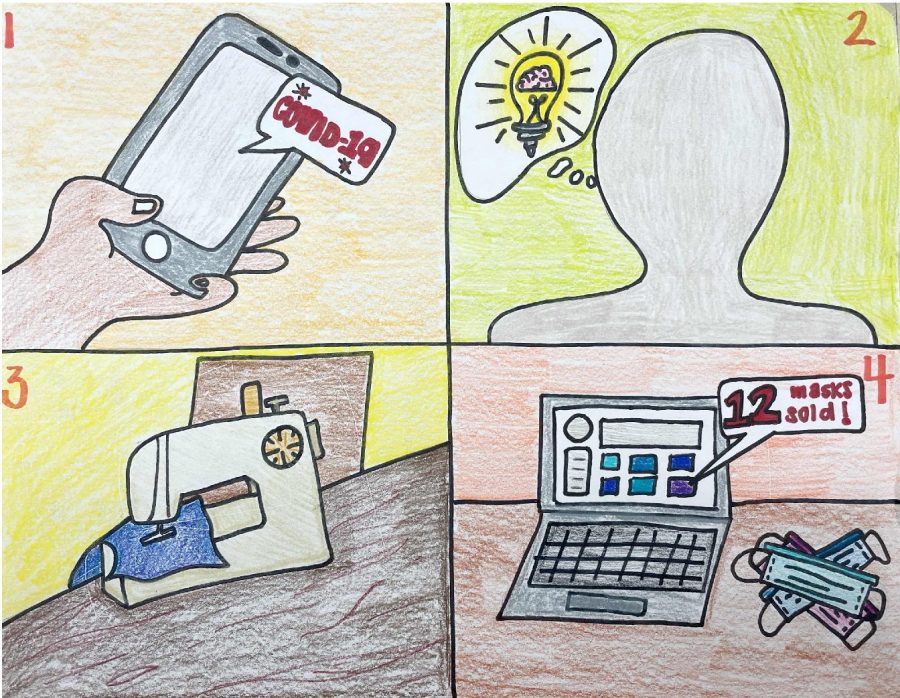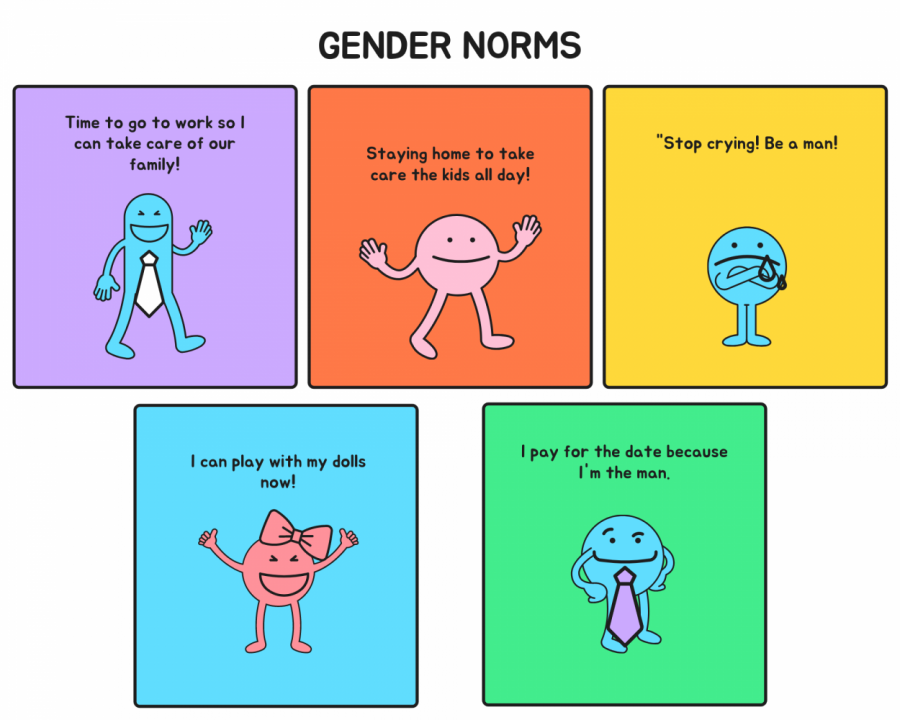Over the summer break the first of multiple concussion baseline tests for sports was conducted. The clinics will provide a baseline of information of the brain to assist trainers to treat possible head injuries in the future.
The testing consists of two areas: cognitive function and balance. The computerized exam measures the brain’s strength in areas such as memory, speed and reaction time. The balance testing records the body’s abilities when challenged by various stances and surfaces.
When an athlete sustains a head injury and a concussion is suspected, the tests are retaken to collect data. Trainers then compare the new information with the baseline and draw conclusions about the physical state of the player. It’s then decided whether the athlete can return to activity. Such testing will greatly increase the safety and welfare of the player.
Athletic Director, Wade Okamura, said, “Sacred Hearts has made this a requirement for all student athletes. Injuries not only affect the sports play but other activities as well. We want to make sure our athletes can stay as safe as possible.”
A concussion is a traumatic brain injury that occurs when the brain crashes into the skull. This can occur from a bad fall or a blow to the head. In either situation, the damage is serious and can limit brain functions.
School trainer, Kara Miller, said, “If you have the proper equipment to protect your head, the severity of the contact can be limited.”
Head gear for soccer or water polo is a perfect example of protective equipment used in contact sports that helps prevent serious injury. Unfortunately, not all sports take precautionary measures.
Junior Sidney Palea suffered a serious neck and head injury during cheerleading practice.
“I would constantly get headaches and could barely think. I went to the hospital where I was diagnosed with a concussion and a neck problem. My grades were dropping when I first got back to school, and I could barely concentrate. Overall, my concussion greatly affected me as a player and as a student. By having had a concussion, I now know the risks of serious injuries while cheering,” she said.
Through testing, student athletes are more aware of concussions and their effects. Through education, students can take precautions to prevent serious injury.





























